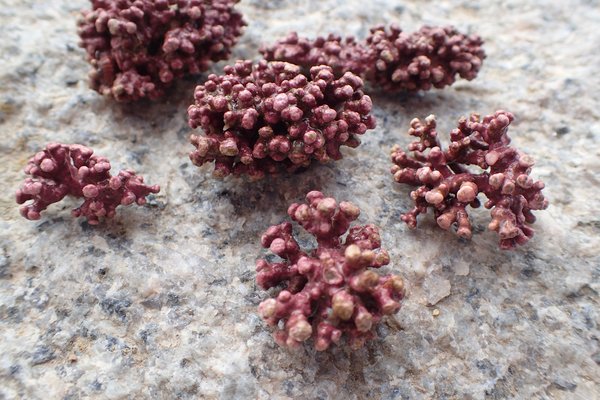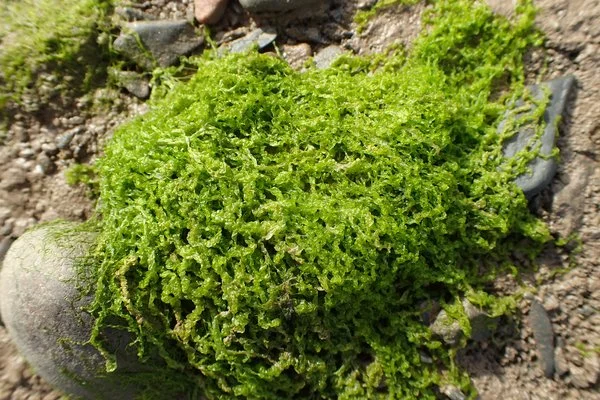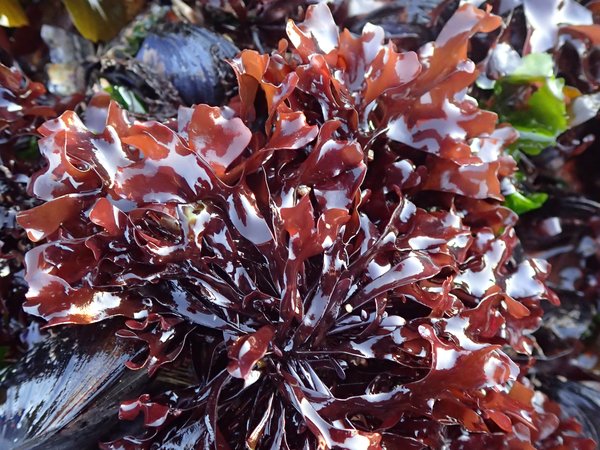 Image 1 of 15
Image 1 of 15

 Image 2 of 15
Image 2 of 15

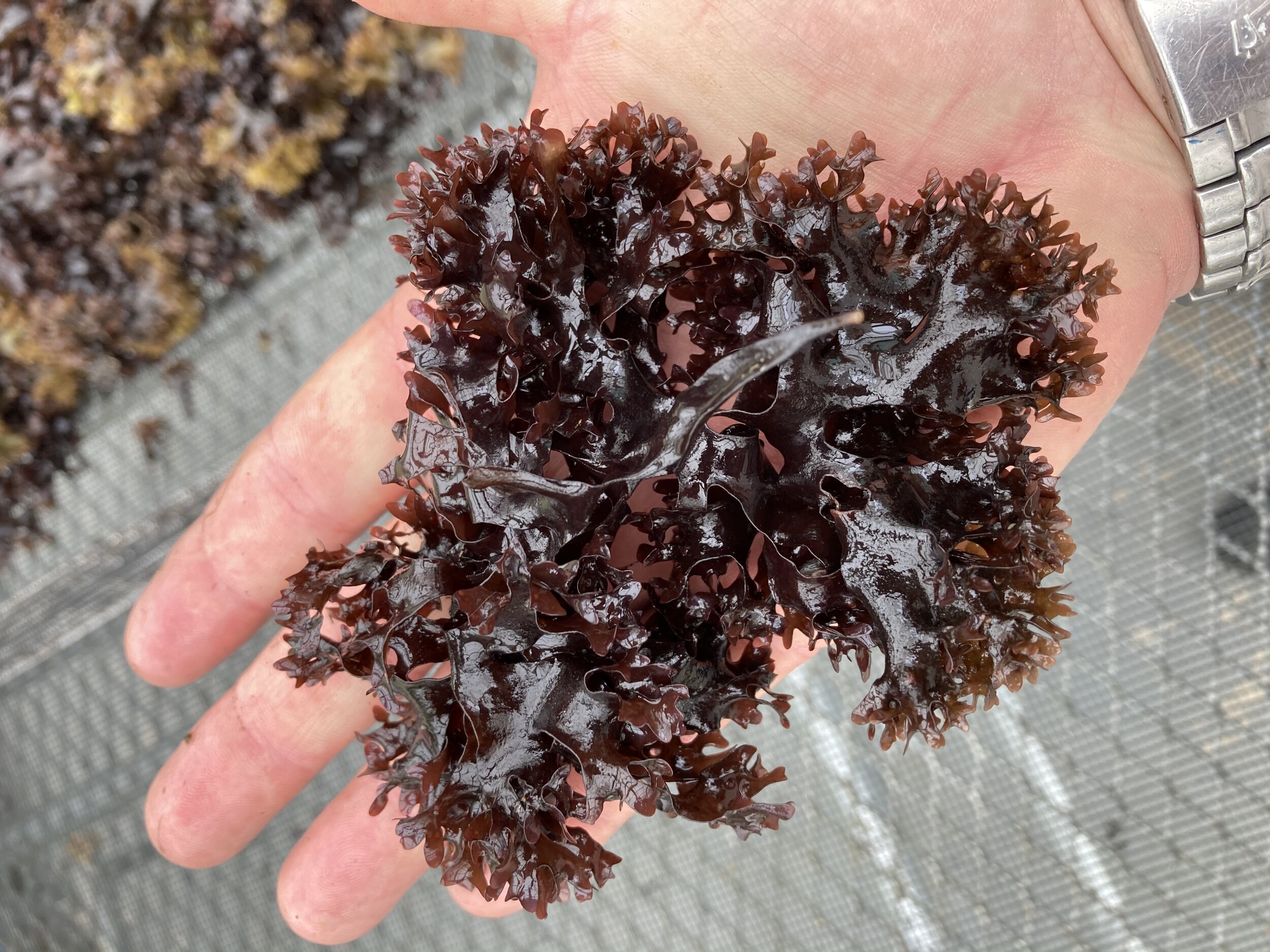 Image 3 of 15
Image 3 of 15

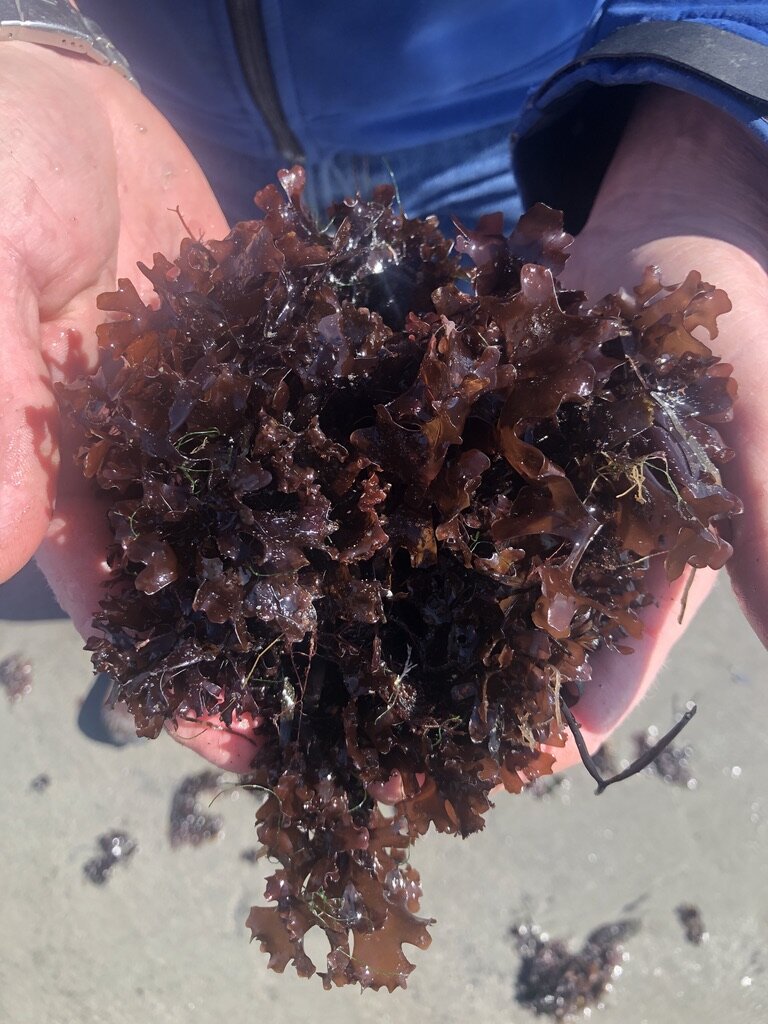 Image 4 of 15
Image 4 of 15

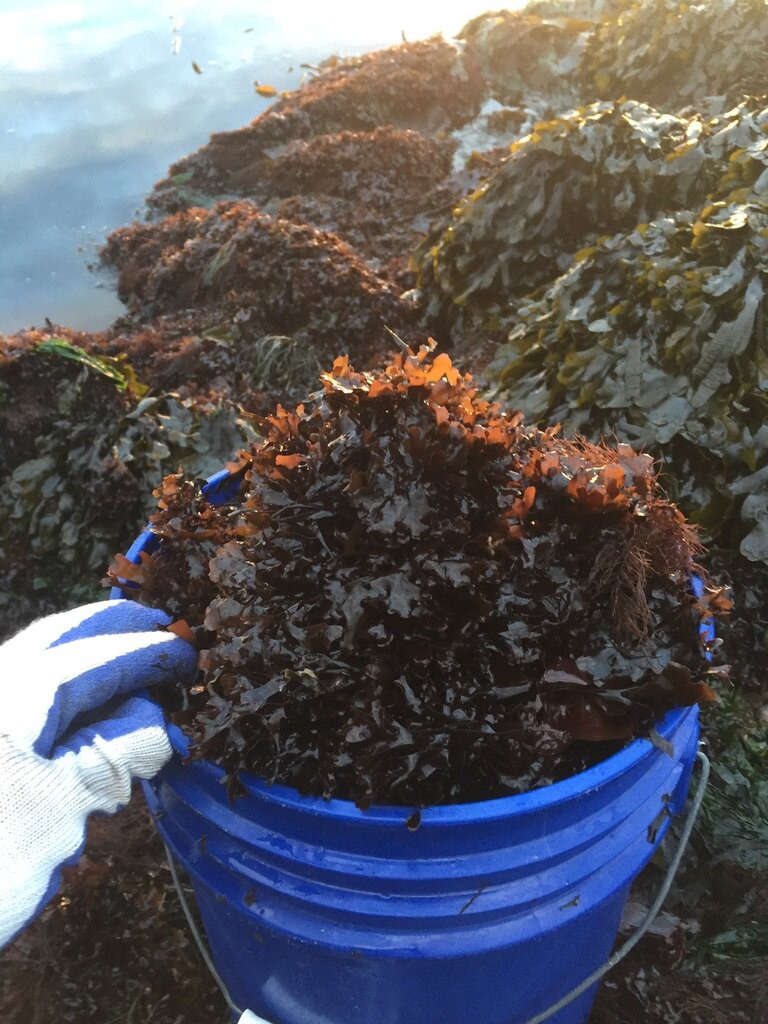 Image 5 of 15
Image 5 of 15

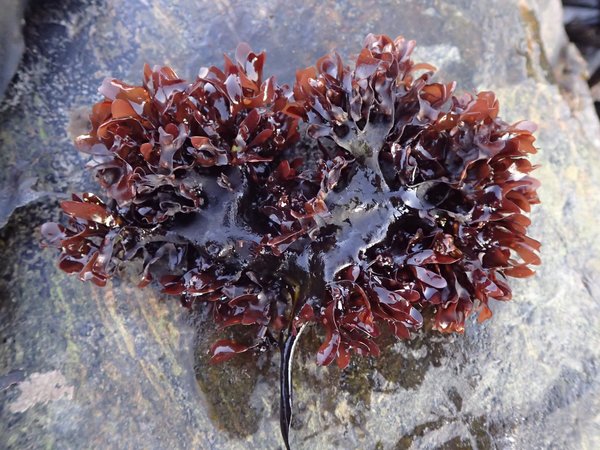 Image 6 of 15
Image 6 of 15

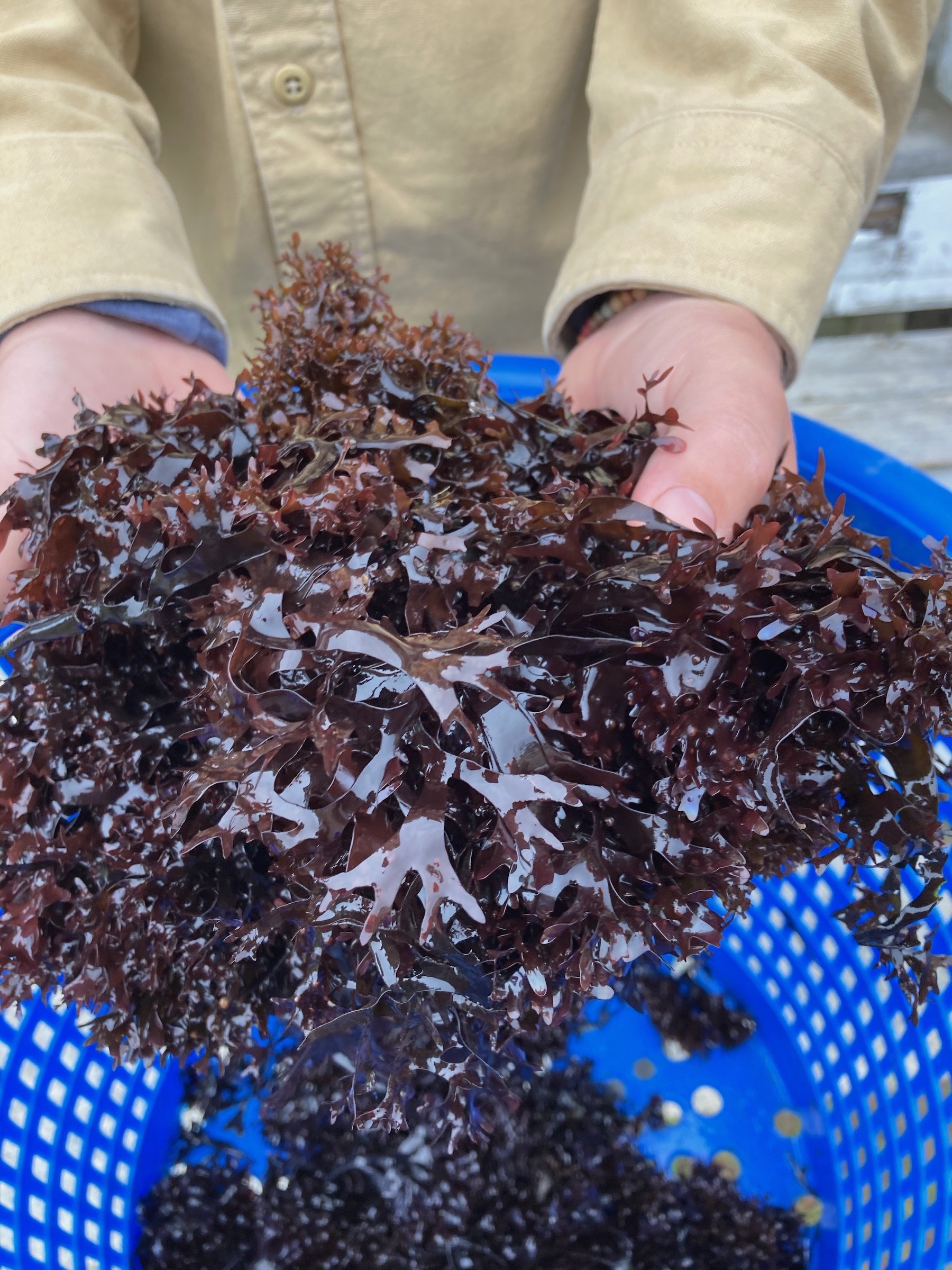 Image 7 of 15
Image 7 of 15

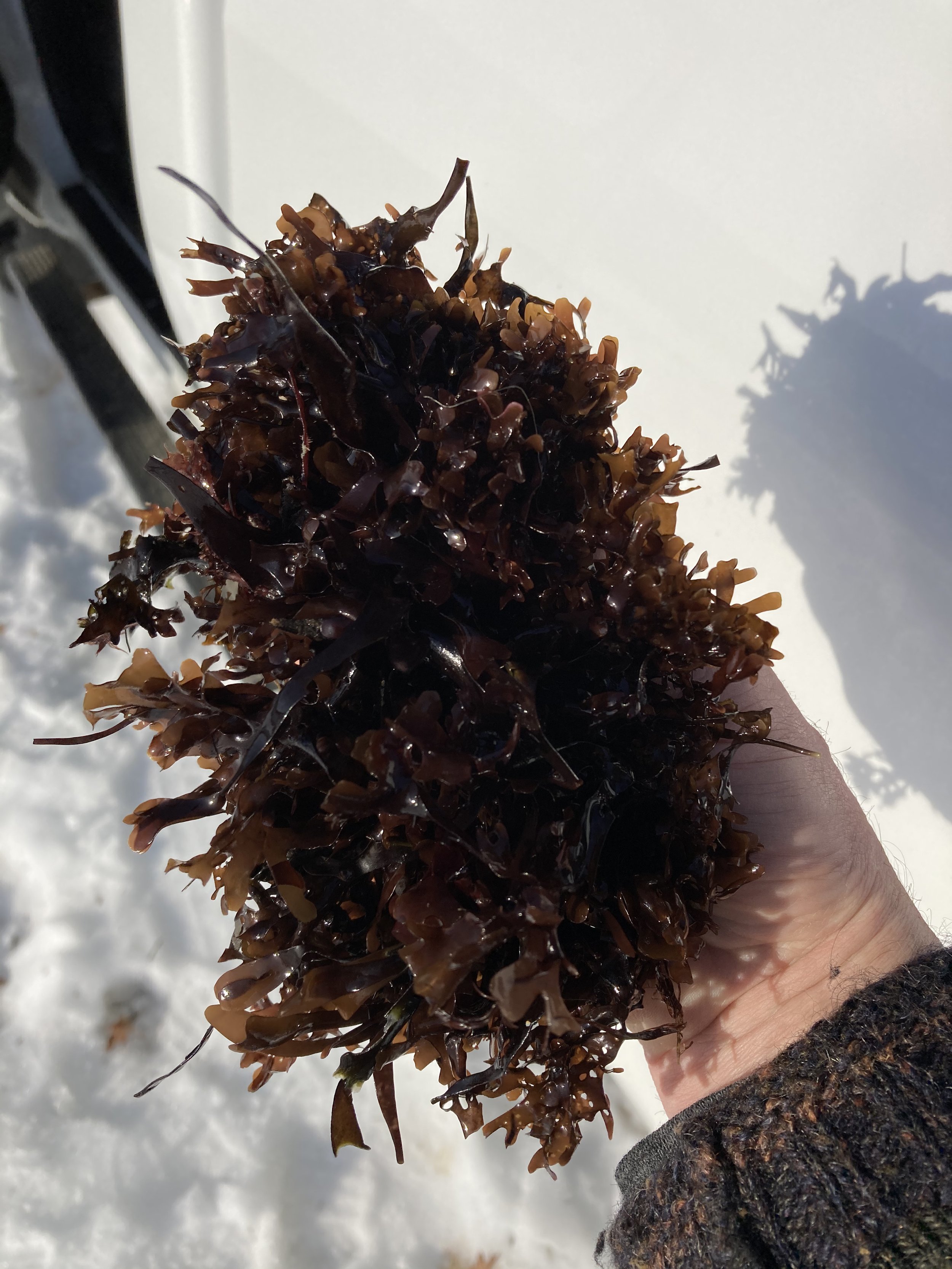 Image 8 of 15
Image 8 of 15

 Image 9 of 15
Image 9 of 15

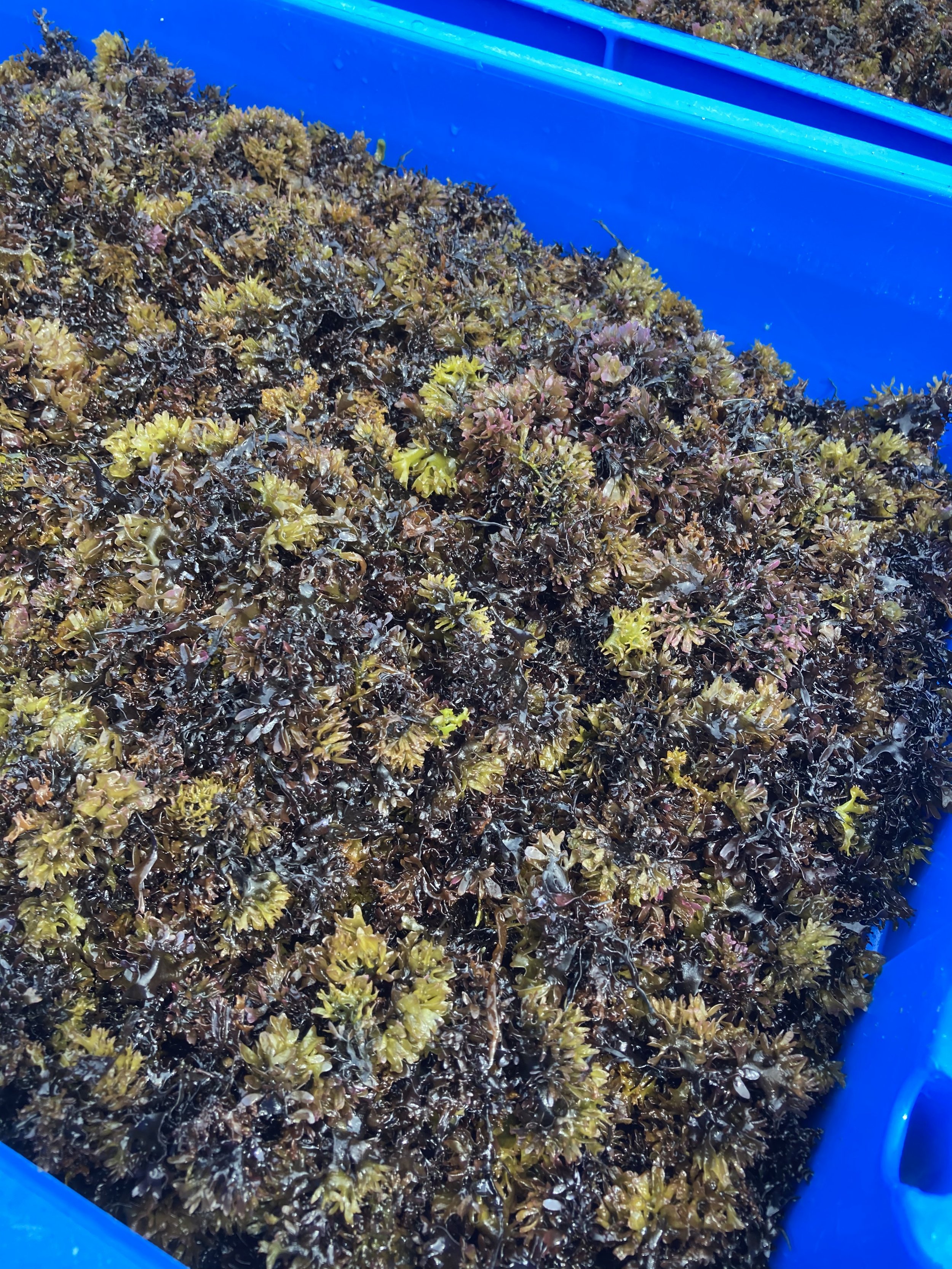 Image 10 of 15
Image 10 of 15

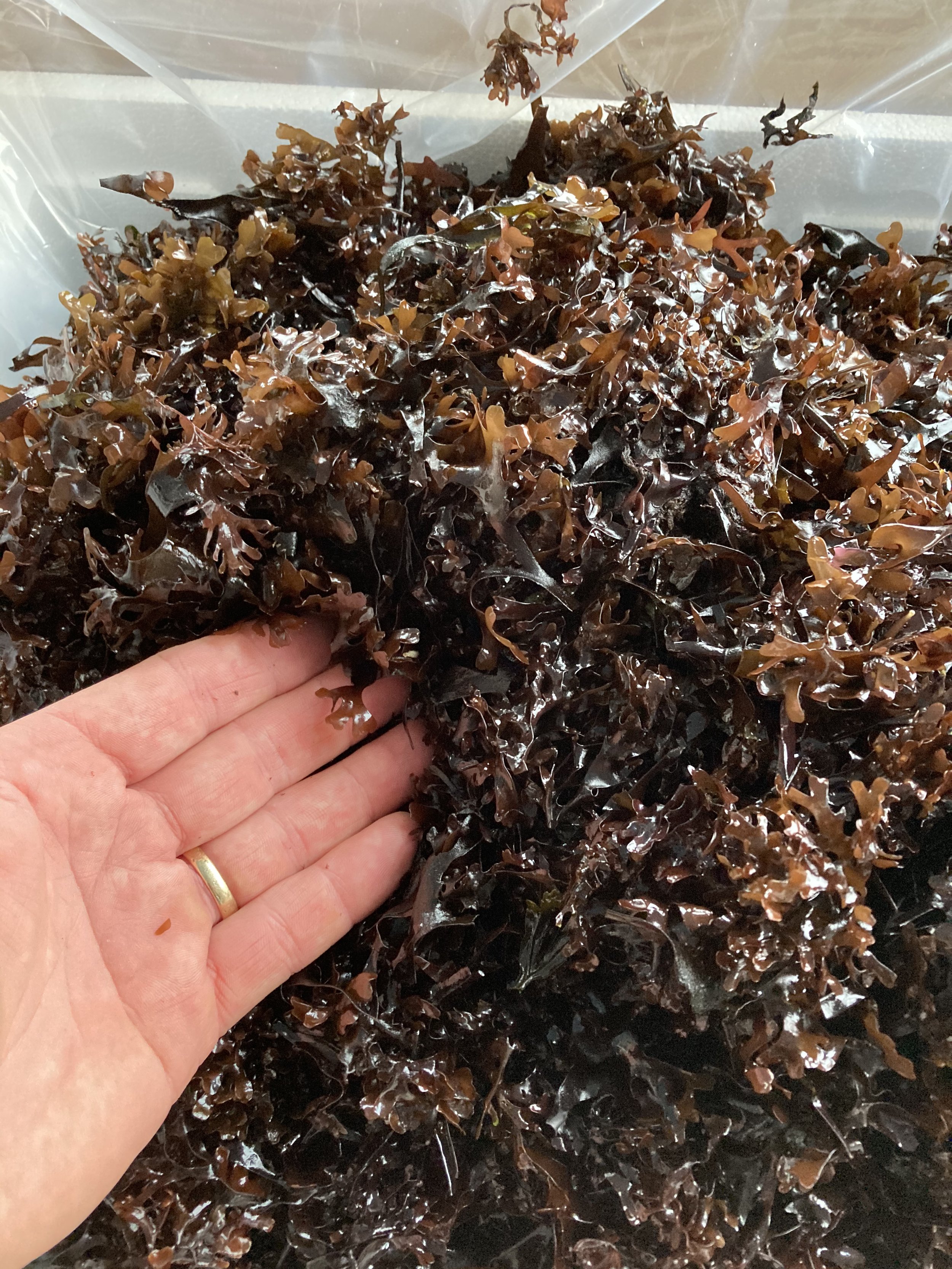 Image 11 of 15
Image 11 of 15

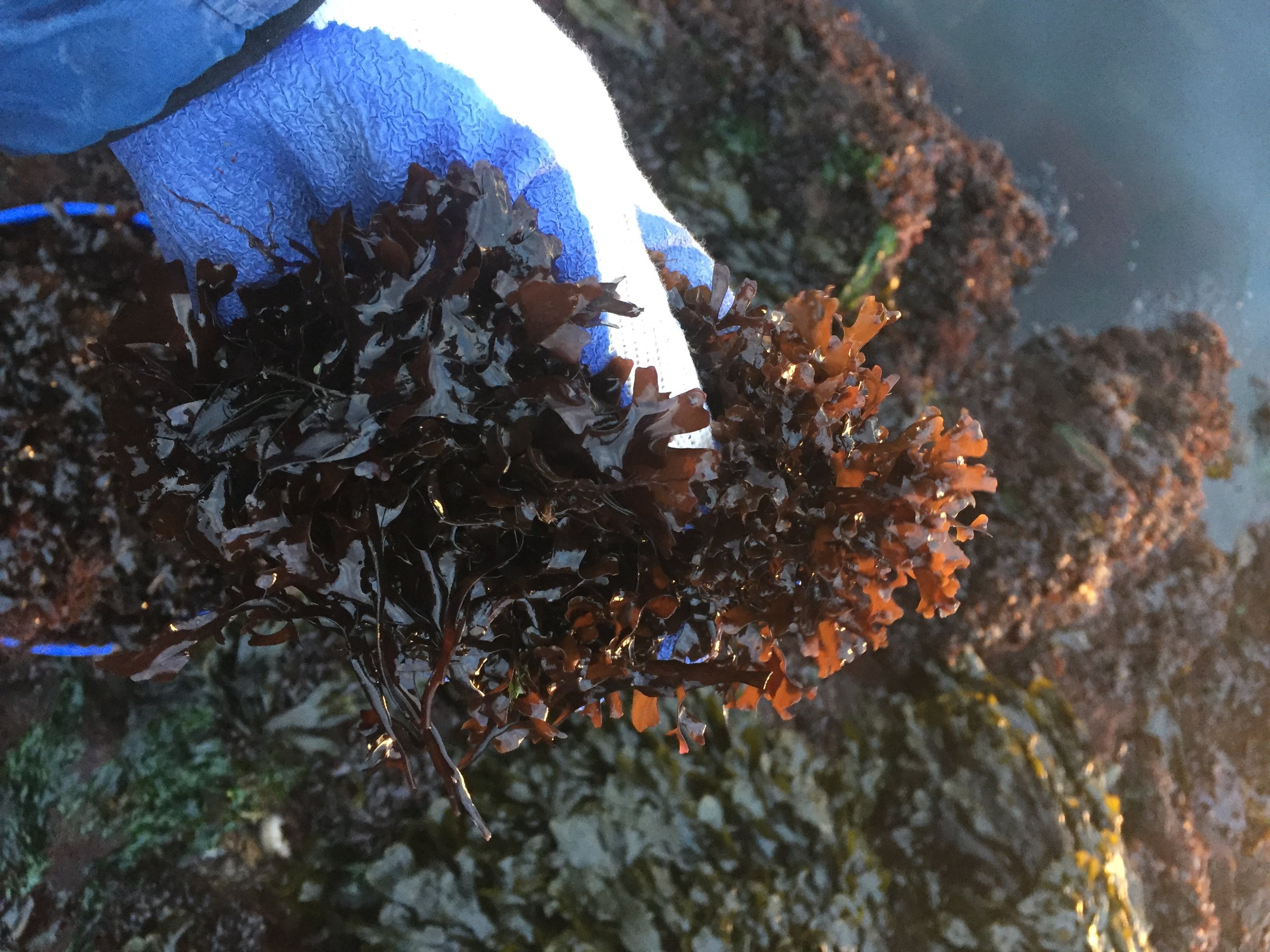 Image 12 of 15
Image 12 of 15

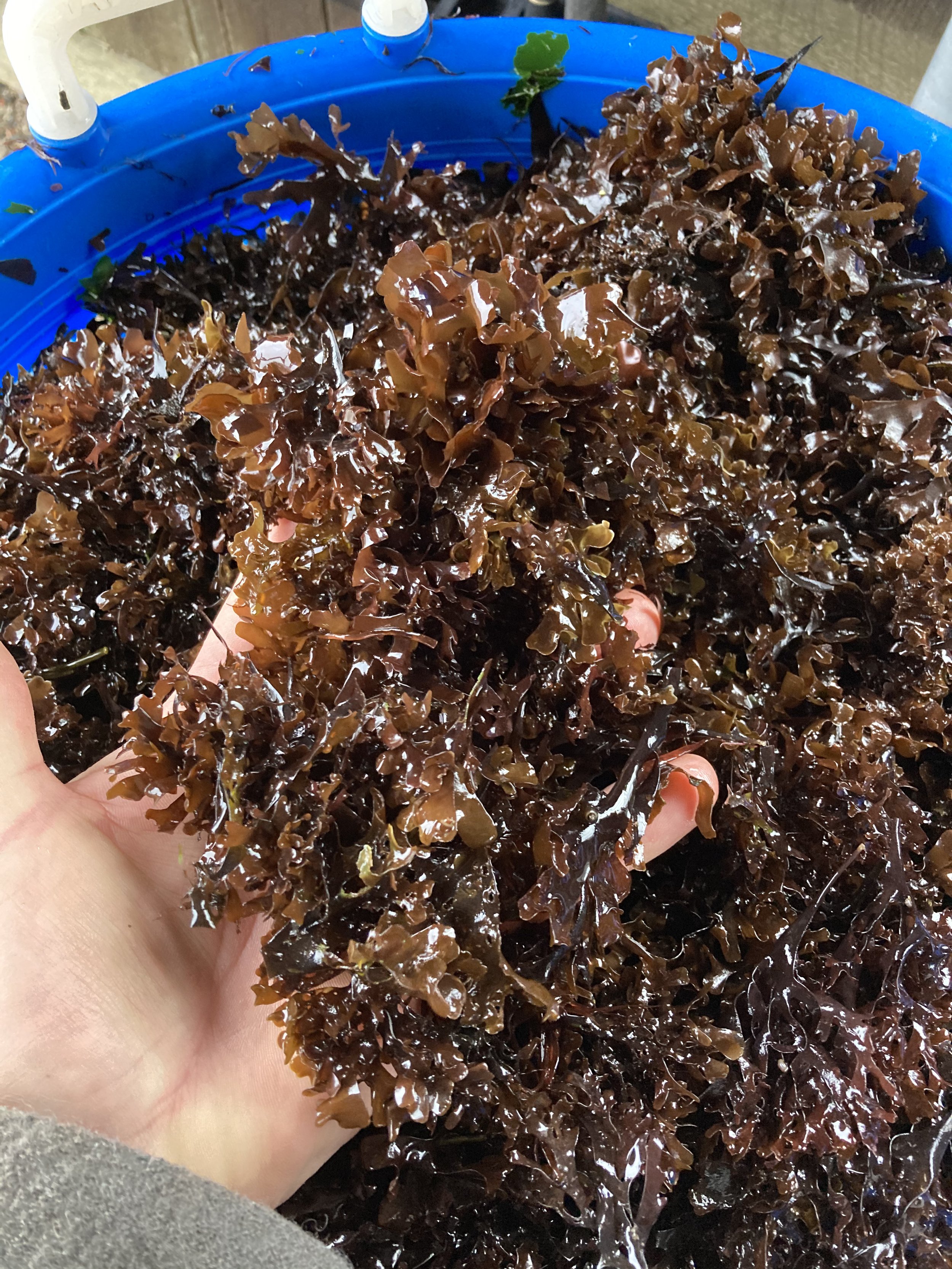 Image 13 of 15
Image 13 of 15

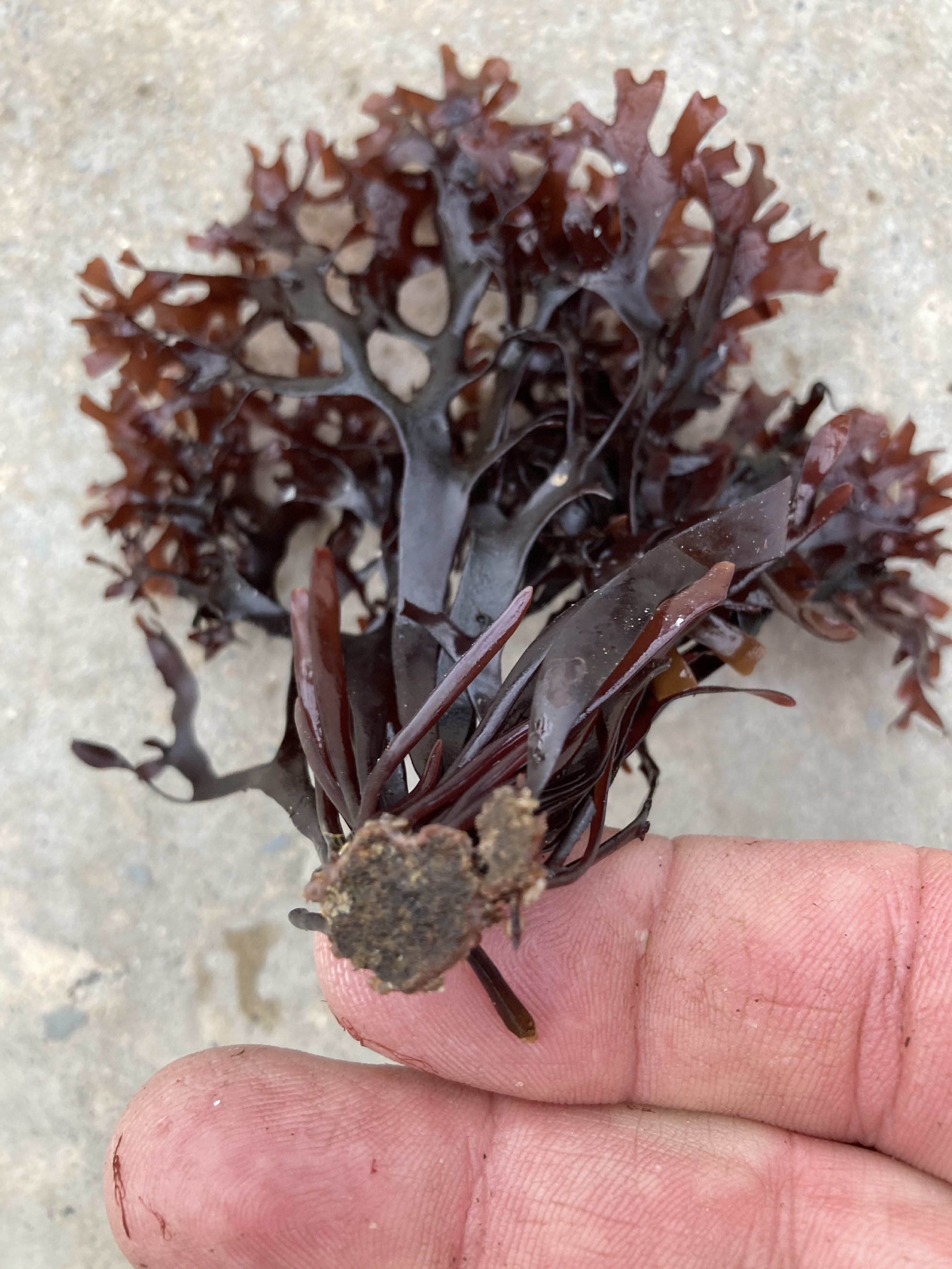 Image 14 of 15
Image 14 of 15

 Image 15 of 15
Image 15 of 15
















Purple Irish Moss (Chondrus) Wet, Live, Whole leaf, 1 Pint Volume
*Overnight Express UPS Shipping is included in the price per pint volume*
This is a wet, live science specimen
Common Names: Irish moss, Sea Moss, Purple Irish Moss
Scientific Name: Chondrus crispus
Colors: dark red, maroon, wine colored; black when dried
Size: range from 2" - 6" long fronds
Collected: by hand, cut off the rocks
Quantity: 1 pint volume
*Overnight Express UPS Shipping is included in the price per pint volume*
This is a wet, live science specimen
Common Names: Irish moss, Sea Moss, Purple Irish Moss
Scientific Name: Chondrus crispus
Colors: dark red, maroon, wine colored; black when dried
Size: range from 2" - 6" long fronds
Collected: by hand, cut off the rocks
Quantity: 1 pint volume
*Overnight Express UPS Shipping is included in the price per pint volume*
This is a wet, live science specimen
Common Names: Irish moss, Sea Moss, Purple Irish Moss
Scientific Name: Chondrus crispus
Colors: dark red, maroon, wine colored; black when dried
Size: range from 2" - 6" long fronds
Collected: by hand, cut off the rocks
Quantity: 1 pint volume
-
Purple Irish Moss (Chondrus Crispus) is a nutrient-packed, sustainable superfood harvested from the pristine waters of the Gulf of Maine. Famous for its deep color and rich mineral content, it's a powerful addition to smoothies, teas, and natural beauty routines.
Locations: lower intertidal and in tide pools, sometimes washed up on beaches after storms. Irish moss is a perennial seaweed that grows on a narrow band of rocks at the low, low tide mark.
Seasonality: Good news - our spring Irish Moss harvest is now underway! 😊
Sustainably Wild-Crafted & Hand-Harvested: We harvest and dry 80% of our annual inventory during the months of April - October, so you can expect some very tender and fresh early spring sea moss fronds - right off the rocks / beds here in our bay. All our Chondrus crispus is hand harvested by local pickers. We wash this ‘wild-crafted’ seaweed in cold Atlantic sea water before spreading it out in our greenhouse to dry
Commitment to Sustainability and Future Growth: At present we are scaling up our network of local fishermen and harvesters to grow our annual supply while also preserving healthy Irish Moss growth and sustainable harvests into the future! :)
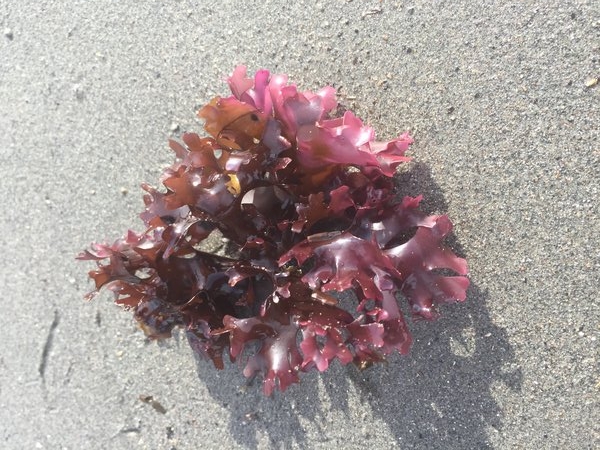
Frond of Irish moss in the sunlight.
Irish Moss is a red algae or seaweed found up and down the Atlantic Coast. Go to a real tide pool with Tidepool Tim to learn about this popular seaweed. See how it grows, and learn about its historical uses by humans.
Tidepool Tim says, “Irish moss is one of the most celebrated seaweeds of all time. Widely known for its ability to be used in products for human consumption, especially for its carrageenan producing abilities. It works well as a thickening agent in products like ice cream, shampoos, and other foods. Irish Moss is becoming especially popular lately as a nutrient dense addition to a healthy diet, however moss has been harvested for centuries all along European shores, in the U.K., in the Canadian maritime provinces, and down along the coasts of New England. Moss fronds are commonly coated with various species of bryozoans and the clumps themselves are home to periwinkle snails, isopods, and even worms.”



